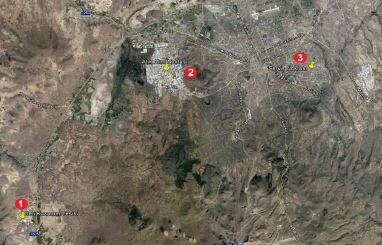
Evaluation of Carbon Footprint in a Waste Recovery/Recycle Facility
Corresponding Author:
Prof. Dr. Nuray ATEŞ
DOI Number https://doi.org/10.52924/YANA8929
Received: 05.05.202
Accepted 06.05.202
Published 11.07.202
Summary:
The greatest danger for a healthy world is releasing greenhouse gases into the environment as a result of the industrialization activities in all countries. These released gases play an important role in damaging the health of human beings as well as of destroying nature. In addition to sustainable development practices in order to reduce emissions, it is also necessary to implement clean environment rules. In this study, the carbon footprint of a Waste Recovery/Recycle Facility within the borders of Kayseri Province as results of its operations was evaluated. Correspondingly, the amount of carbon footprint of transportation of waste collection, heating, and electricity usage in the plant site during operations has been examined. Tier 1 and Tier 2 methodologies developed by the Intergovernmental Panel on Climate Change (IPCC) were used to determine the carbon footprint of the facility. As a result, transportation activity due to waste collection contributes to the highest share of carbon footprint with 76.8%. The carbon footprint, which is caused by consumption of natural gas for heating with 23.1%, follows the transportation. Electricity usage has a share of less than 0.1%. The total CO2 emission of the plant was 132711 tons, while the CO2 emission amounts of transportation, heating and electricity use were found to be 102000 tons, 30700 tons and 11 tons, respectively.
Graphical Abstract:
